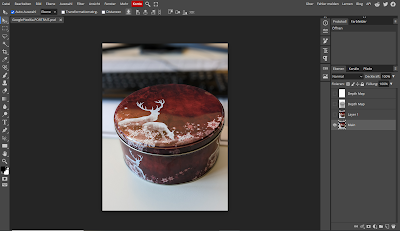DIY: Fire Bowls Lighter

Here comes the next part of my post chrismas upcyling. I created two different kinds of Fire Bowls Lighter. For the first one you need: Wax residues, e.g. old candles from the Advent wreath or wax waste from New Year's Eve. Toilet paper rolls Newspaper/packing paper Chopped branches from the dried Christmas tree (you can also use wood shavings or guinea pig litter). An old pot (It could be difficult to clean it again.) Wooden clothes pegs scissors Put the wax in an old pot: Cut the toilet paper rolls in half with scissors. Then make small pocket shapes out of the paper and stick them into the half toilet paper rolls Then fill the small pockets with the chopped pine branches and seal them Melt the wax on the cooker and dip the small packets into the wax using a wooden clothes peg. Place on a surface to harden, e.g. an old cardboard box. For the second: leftover wax, e.g. old candles from the Advent wreath muffin paper moulds chopped branches from the dried up Christmas tree For t



